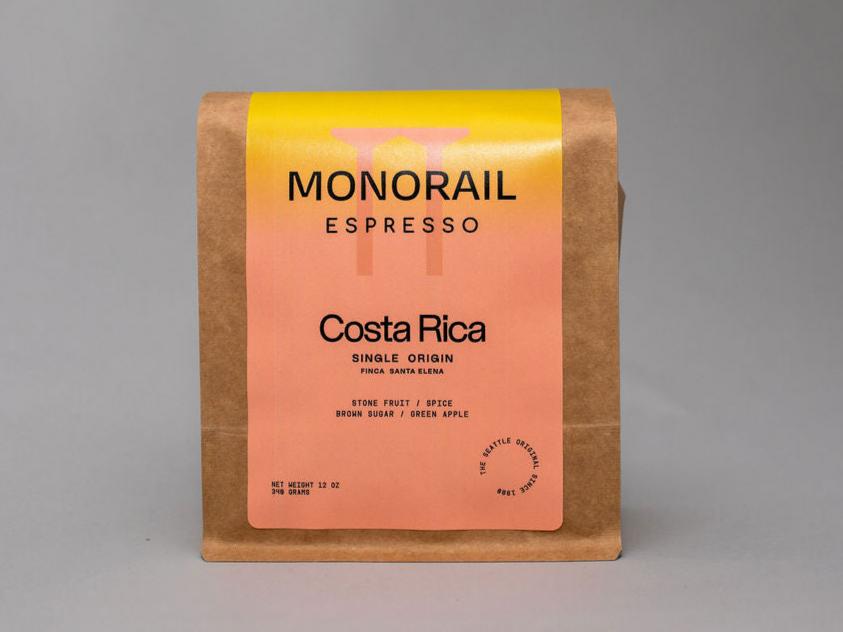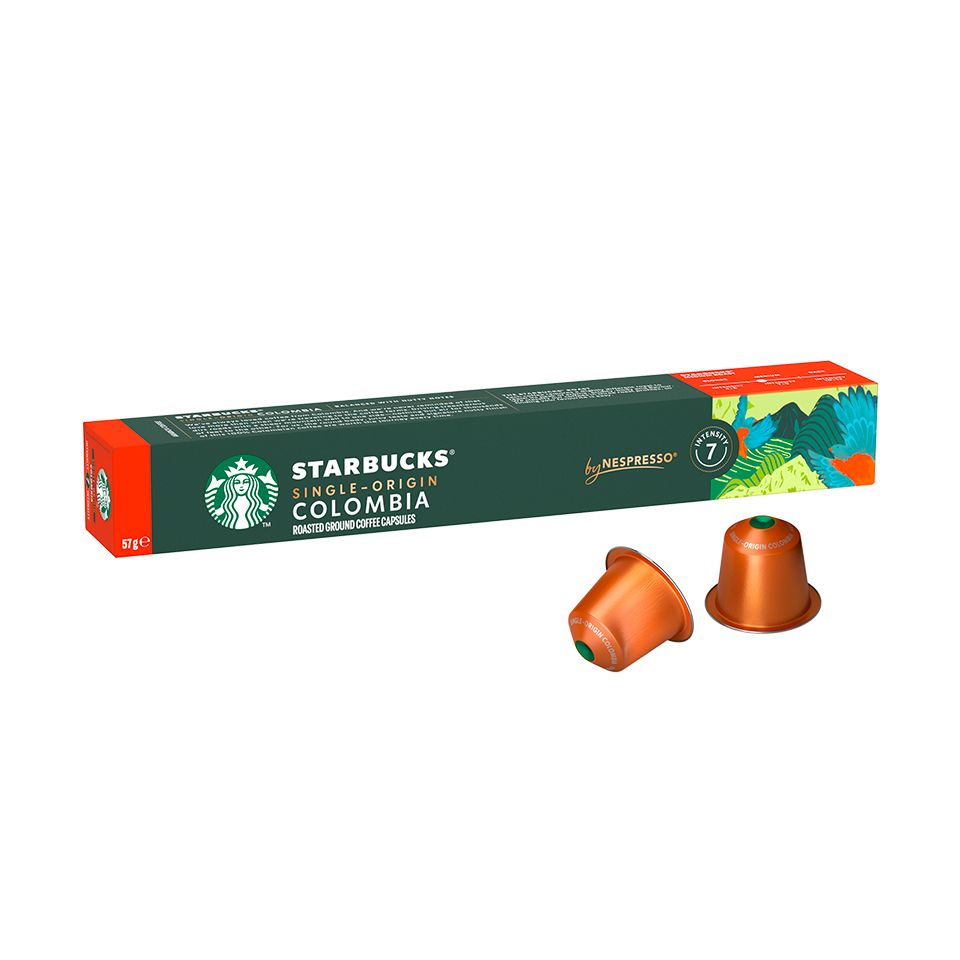SOE Single Origin Espresso – Ideal for Manual Brewing Methods
Wiki Article
Comprehending Coffee Beans: the Journey From Espresso to Blended Coffee Beans

The Beginnings of Coffee: A Global Point Of View
While you may assume of coffee as a modern-day staple, its origins trace back centuries, intertwining with societies throughout the globe. The story begins in Ethiopia, where tale states a goat herder named Kaldi found the invigorating impacts of coffee beans after noticing his goats romping energetically after consuming them.As trade paths increased, coffee made its means to Europe in the 17th century, rapidly getting popularity. It changed from a magical drink into an everyday routine, intellectual exchanges and motivating events. Each society added its unique spin to coffee preparation, enriching its background. This international trip highlights how coffee connects us, transcending boundaries and joining diverse practices via a straightforward bean.
Growing and Harvesting of Coffee Beans
As coffee's trip advanced, the emphasis changed to the farming and harvesting of particular bean selections, specifically those used for espresso. You'll discover that coffee beans usually come from Arabica or Robusta plants, each offering unique tastes. The ideal growing problems consist of high altitudes and abundant, well-drained soil, which enhance the beans' high quality.Throughout the harvest, choosing techniques differ. Timing is essential; you desire to collect when the cherries get to peak ripeness for maximum taste.
When collected, the beans are prepared for handling, which is vital in identifying their last taste. Understanding the cultivation and gathering processes provides you understanding right into what goes right into your preferred espresso, improving your gratitude for each and every cup.
Handling Approaches: From Cherry to Bean
Currently that you have actually found out about gathering coffee beans, allow's explore how those cherries change into the coffee beans you love. You'll see just how various harvesting strategies influence taste, complied with by the important steps of fermentation and drying out. We'll break down the milling and grading procedure that identifies your coffee's quality.Gathering Methods Described
When it pertains to coffee, understanding harvesting strategies is essential, because they straight impact the taste and high quality of the beans you delight in. There are 2 primary approaches: discerning picking and strip selecting. Selective selecting includes hand-picking just ripe cherries, ensuring you obtain the ideal top quality beans. This technique usually leads to a richer flavor account, though it's even more labor-intensive. On the various other hand, strip choosing ways harvesting all cherries simultaneously, no matter ripeness. While it's quicker and cheaper, this can lead to a mix of flavors, impacting the last product. Inevitably, the selection of collecting method can considerably influence your coffee experience, so it's worth understanding exactly how those beans made it to your mug.Fermentation and Drying
After harvesting, the following steps in processing coffee beans play a significant role fit their taste. You'll locate that fermentation is important, as it aids break down the mucilage bordering the beans, improving their preference profile. Depending upon the method, this process can last from a few hours to numerous days, with varying results based upon temperature level and humidity.When fermentation is full, drying out follows, which is similarly important. You can pick from mechanical or sun-drying drying out techniques. Sun-drying permits the beans to take in flavors from the atmosphere, while mechanical drying out warranties constant moisture degrees no matter of climate. Correct drying is important to prevent mold and preserve the beans' quality, ultimately influencing your mug of coffee.
Milling and Grading Process
As fermentation and drying set the stage for flavor development, the milling and grading process assurances that just the finest coffee beans make it to your cup. This phase entails removing the external layers of the coffee cherry, including the parchment and husk. Premium beans receive a higher grade, resulting in a richer coffee experience.Toasting Strategies: Opening Flavor Prospective
When you roast coffee beans, the approach you choose can substantially affect the flavor account. Recognizing the relationship between time, temperature, and roasting techniques is crucial to disclosing the potential of your brew. Let's discover exactly how these elements collaborated to produce the perfect cup.Roasting Methods Described
While you could think that all coffee roasting methods yield the exact same outcomes, the truth is that each technique exposes distinct flavor potentials in the beans. You can choose in between methods like drum toasting, air roasting, or perhaps conventional pan roasting. Drum toasting utilizes a turning drum to uniformly disperse warm, improving caramelization and generating a well balanced flavor. Air roasting, on the various other hand, distributes warm air around the beans, promoting a lighter roast with obvious level of acidity. Frying pan toasting enables hands-on control but calls for constant interest to prevent burning. Each method has its nuances, so explore various methods can assist you find the best roast that aligns with your preference preferences. Delight in the journey of discovering your optimal cup!Effect On Flavor Profile
Various toasting methods not only affect the procedure but likewise considerably impact the flavor account of the coffee beans. Dark roasts, on the various other hand, bring out vibrant, great smoky tastes, often covering up the bean's one-of-a-kind characteristics. Comprehending these nuances helps you appreciate the virtuosity behind your mug of coffee, boosting your total experience with every sip.Time and Temperature Factors
To release the SOE complete taste potential of coffee beans, both time and temperature level throughout the toasting process play significant functions. When toasting, you'll find that higher temperature levels can quickly establish tastes, yet if you hurry it, you may wind up with burnt notes. On the other hand, reduced temperatures enable for a more gradual taste advancement, showcasing the beans' special attributes.
Timing is simply as crucial; extending the roast as well long can cause a loss of acidity and illumination, while too brief a roast may leave the beans underdeveloped. Finding that pleasant area calls for technique and trial and error. By readjusting these variables, you can disclose the abundant, intricate flavors concealed within each bean, producing a truly impressive coffee experience.
The Art of Mixing: Crafting Special Coffee Profiles

Beginning by selecting a base coffee that supplies a solid structure. Then, pick complementary beans to enhance specific flavor notes. For example, a brilliant Ethiopian bean can bring fruitiness, while an abundant Brazilian coffee adds body. Experimentation is key-- don't be scared to adjust proportions till you discover your ideal profile.
As you mix, bear in mind that each combination narrates. You're not just making coffee; you're creating an experience. So, take your time, preference often, and delight in the trip of discovering your signature blend.
Brewing Approaches: Exactly How Prep Work Impacts Taste
Mixing coffee opens up a domain of taste opportunities, yet exactly how you make that mix can substantially affect your final mug. On the various other hand, a pour-over highlights the coffee's clarity and brightness, best for showcasing fragile notes.Coffee, with its high stress, creates a focused shot that emphasizes sweetness and crema. If you like a lighter brew, consider a chilly brew approach; it generates a smooth, much less acidic taste.
Readjusting variables like water temperature level, grind dimension, and make time can change your coffee's account. Embrace the art of brewing to uncover the tastes hidden in your coffee blends.
The Future of Coffee: Sustainability and Development
As the coffee sector advances, sustainability and advancement are becoming important for dealing with environmental challenges and meeting consumer demands. You'll notice that even more coffee companies are embracing eco-friendly techniques, from sourcing beans ethically to executing lasting farming methods. These shifts not just aid the earth yet also enhance the high quality of the coffee you enjoy.You may see advancements like naturally degradable packaging and water-saving brewing techniques that decrease waste. Advanced innovation, such as blockchain, is additionally coming to be prominent, guaranteeing transparency in the supply chain, which allows you to map your coffee back to its origins.
Furthermore, investing in local communities and sustaining farmers with reasonable trade efforts cultivates a more sustainable coffee community. As you drink your following cup, bear in mind that your choices can add to a brighter future for coffee. By deciding for lasting brands, you're not just delighting in a beverage; you're making a positive effect on the globe.
Regularly Asked Concerns
What Is the Difference In Between Arabica and Robusta Beans?
Arabica beans are smoother, sweeter, and have a greater acidity, while robusta beans are more powerful, much more bitter, and include more caffeine. When making your coffee., you'll notice these distinctions in taste and fragrance.Just How Does Elevation Affect Coffee Bean Taste?
Elevation influences coffee bean taste considerably. Higher elevations generate beans with brighter acidity and complex tastes, while reduced elevations frequently generate beans that are heavier and less nuanced. You'll notice these distinctions in your mug!What Are the Health Perks of Drinking Coffee?
Consuming coffee can improve your power, enhance mental emphasis, and even boost physical performance. It's rich in anti-oxidants, may lower the danger of particular conditions, and can promote a much healthier metabolism when eaten in small amounts.Can Coffee Beans Be Recycled for Brewing?
Yes, you can reuse coffee beans for developing, however the taste may be weaker. If you appreciate trying out, try recycling them in different ways, like cold brews or including to healthy smoothies for an added kick.Exactly how Should I Store Coffee Beans for Freshness?
To keep your coffee beans fresh, store them in an airtight container in a cool, dark area. Stay clear of exposing them to heat, moisture, or light, as these aspects can promptly degrade their flavor and fragrance.Recognizing Coffee Beans: the Journey From Coffee to Blended Coffee Beans.
Currently that you have actually found out concerning collecting espresso beans, let's discover just how those cherries change right into the coffee beans you enjoy.When you roast coffee beans, the approach you select can dramatically affect the flavor profile - Single Origin Espresso.While you may believe that all coffee toasting approaches yield the very same outcomes, the fact is that each technique discloses one-of-a-kind taste potentials in the beans.Different toasting methods not just influence the procedure but likewise considerably affect the taste profile of the coffee beans
Report this wiki page